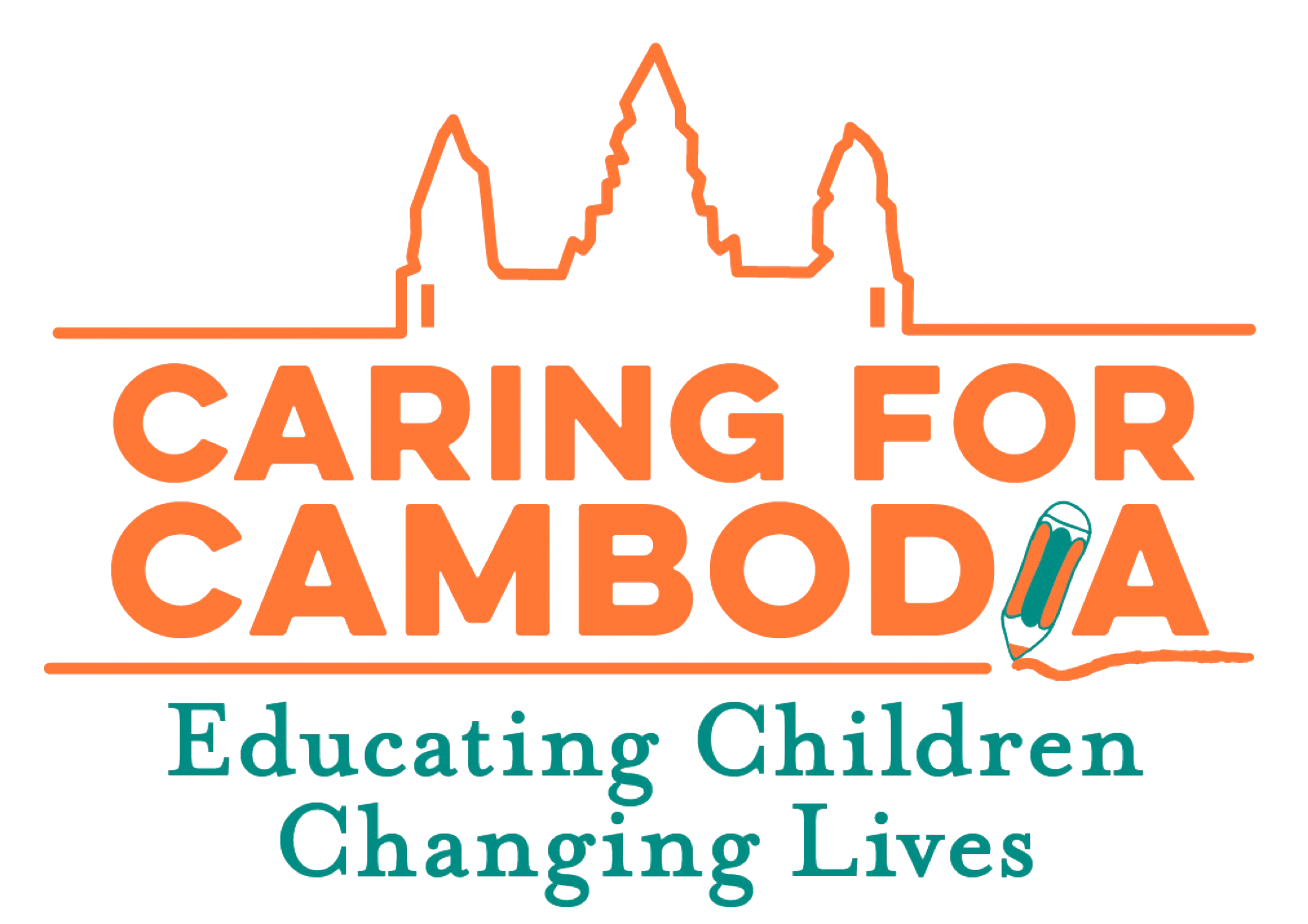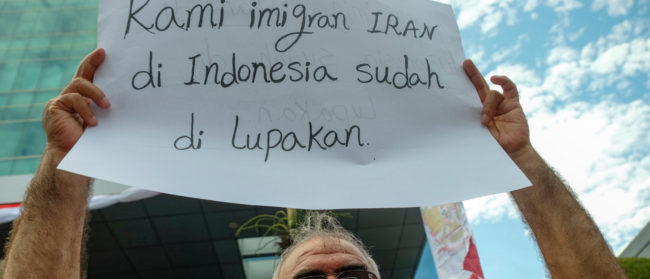While Cambodia continues to make strides with its education system, a gender attainment gap between girls and boys persists. But with its female-led student councils and gender equity programme, one set of schools in Siem Reap is bridging the divide
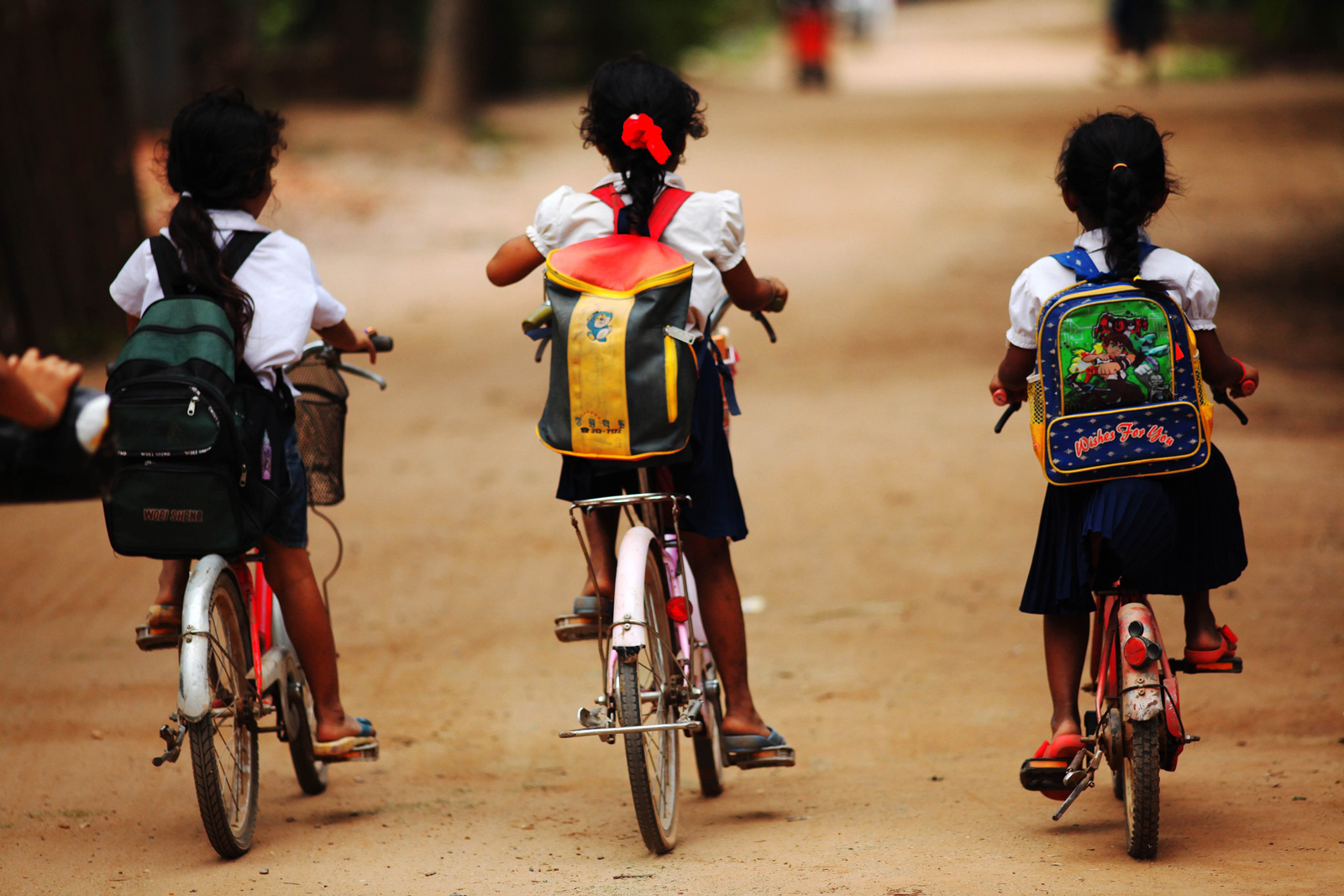
The presence of Chbab Srey in classrooms into the 21st century tells the uninitiated much of what they need to know about the power of gender roles in Cambodia’s education system.
An infamous 19th-century code of conduct guiding young girls on how they should behave – from respecting their husbands, to the way they should speak and move – Chbab Srey was only removed from the mandatory public school curriculum in 2007. As recently as 2015, a shorter version of the poem was reportedly still taught to pupils from grades 7 to 9.
But while a watered-down Chbab Srey may play a less significant role in the development of Cambodian girls today, for Caring for Cambodia (CFC) founder and CEO Jamie Amelio, the potent message underpinning it is yet to be fully eradicated.
“Learning that they [girls] are equal is one of the most important lessons that they’ll ever learn,” she told the Globe earlier this month from CFC’s office in Siem Reap. The organisation is a leader in providing gender-progressive educational environments in Cambodia.
“If you feel good about yourself and you know that you can do anything you put your mind to, then you can use that as a platform to go on and do great things.”
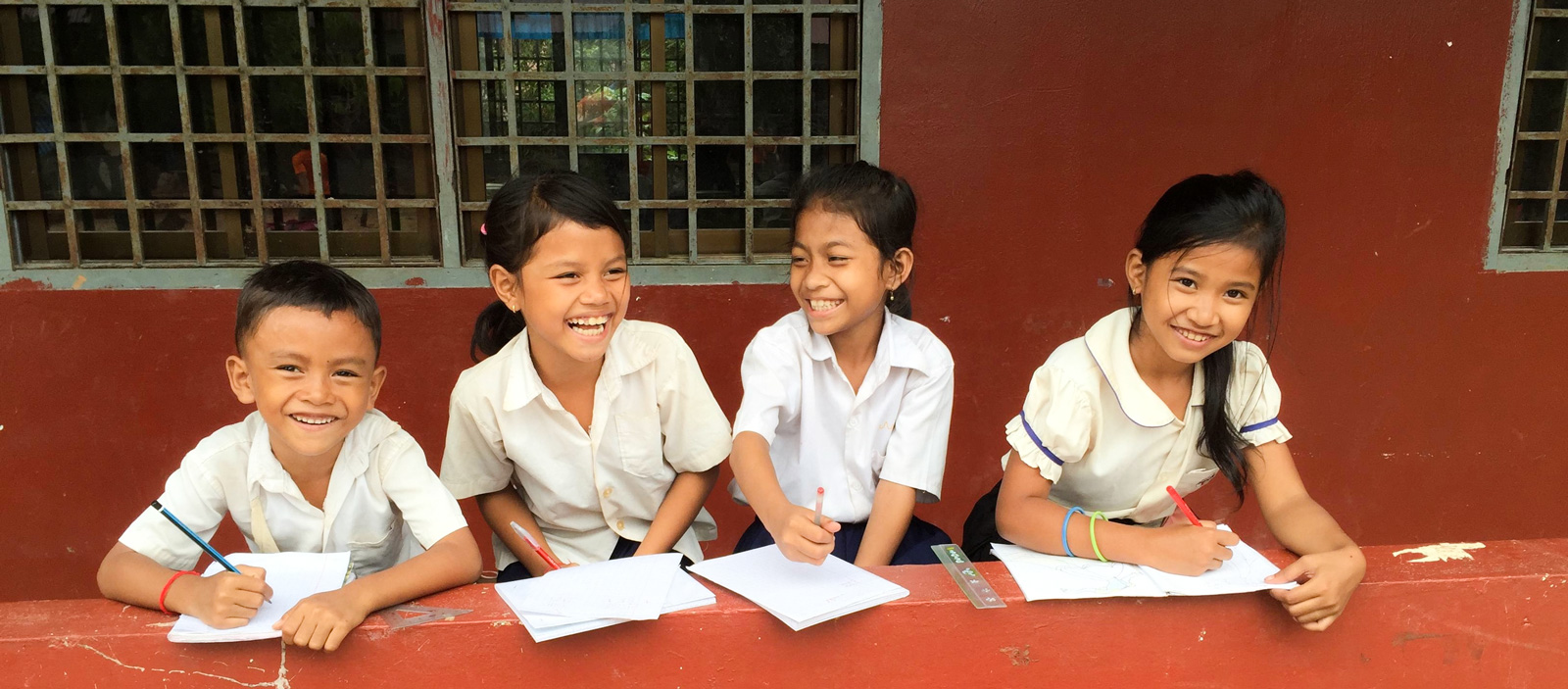
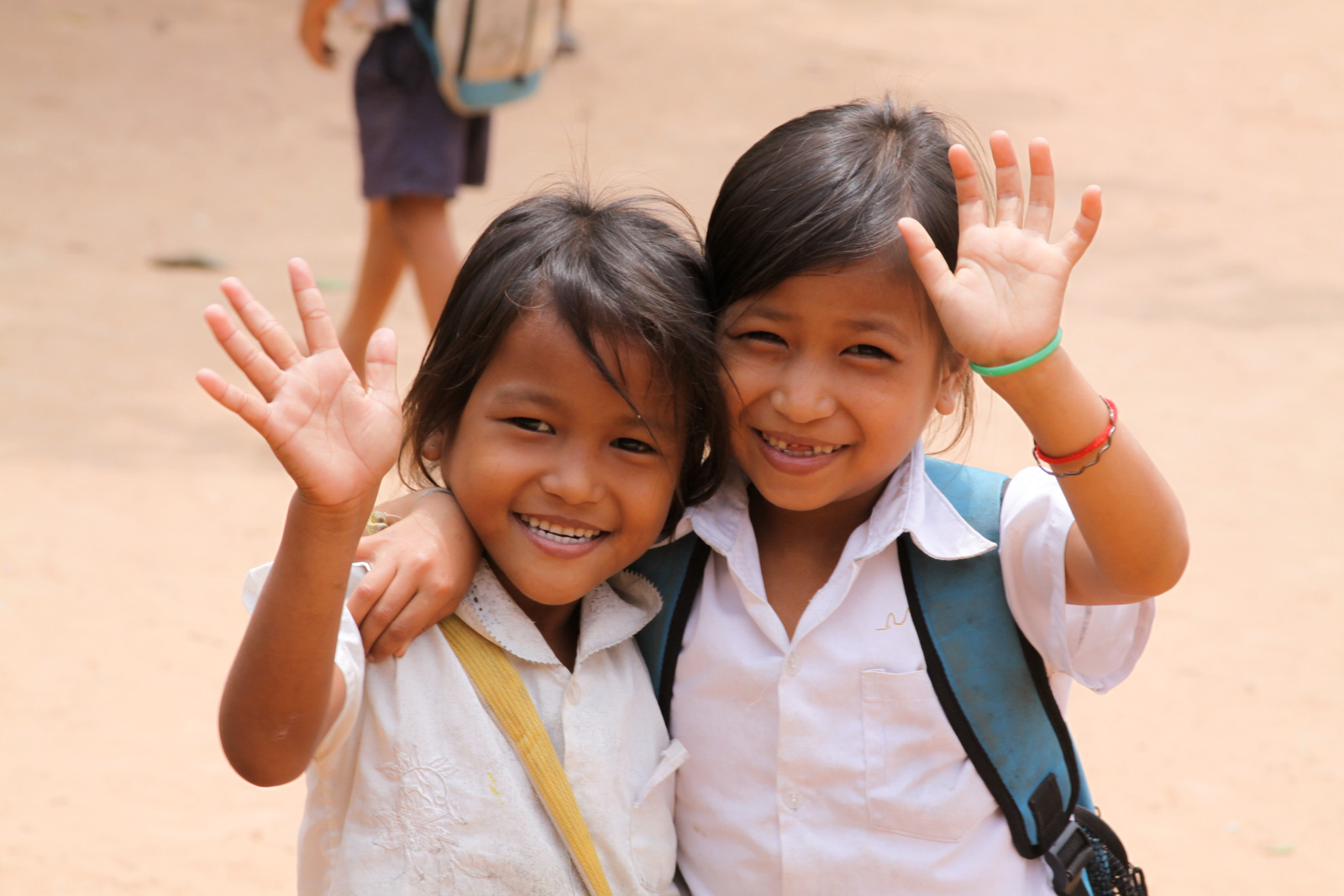
Girls face a complex web of social and cultural norms, societal discrimination and institutional barriers that prevent their full participation in education
Chak Sopheap, Cambodian Center for Human Rights
While notable strides have been made to shrink the gender gap in Cambodia’s education system in recent decades, there remain pervasive barriers to attainment for females. An October 2019 Parliamentary Institute of Cambodia report said women’s involvement in education in Cambodia still “lagged behind other countries such as Vietnam, Indonesia, Malaysia and Singapore”, citing barriers to higher education rooted in gender norms as a significant hurdle. This gender inequality was only amplified in rural and impoverished settings, the report stated.
Chak Sopheap, executive director of the Cambodian Center for Human Rights, acknowledged that the education system is healthier than it once was for girls, but added that gender remains a huge factor determining opportunity.
“Girls are increasingly represented in our classrooms as the gender education gap is narrowing, and the Chbab Srey is no longer formally taught,” she said. “[But] girls continue to face a complex web of social and cultural norms, societal discrimination and institutional barriers that prevent their full participation in the education system.”
Attributable to a mix of poverty, cultural norms and lack of schools and facilities – especially in rural Cambodia – the dropout rate for girls increases with each school grade that passes. Although the gender gap is narrowing, a higher dropout rate of female students, in both the lower and upper secondary school, still exists.
“Entrenched social norms that devalue the education of women and girls, and view their primary role to be in the household contributing to family and domestic responsibilities rather than in school, are still prevalent in Cambodia,” said Sopheap.
While these hurdles persist, efforts are being made to rectify them and bridge the gender gap in Cambodia’s classrooms.
Soveacha Ros, spokesperson for the Ministry of Education, Youth and Sport told the Globe that they are embracing two overarching policies: ensuring inclusive and equitable education and working to guarantee effective leadership and management of education officials at all levels, for the benefit of all.
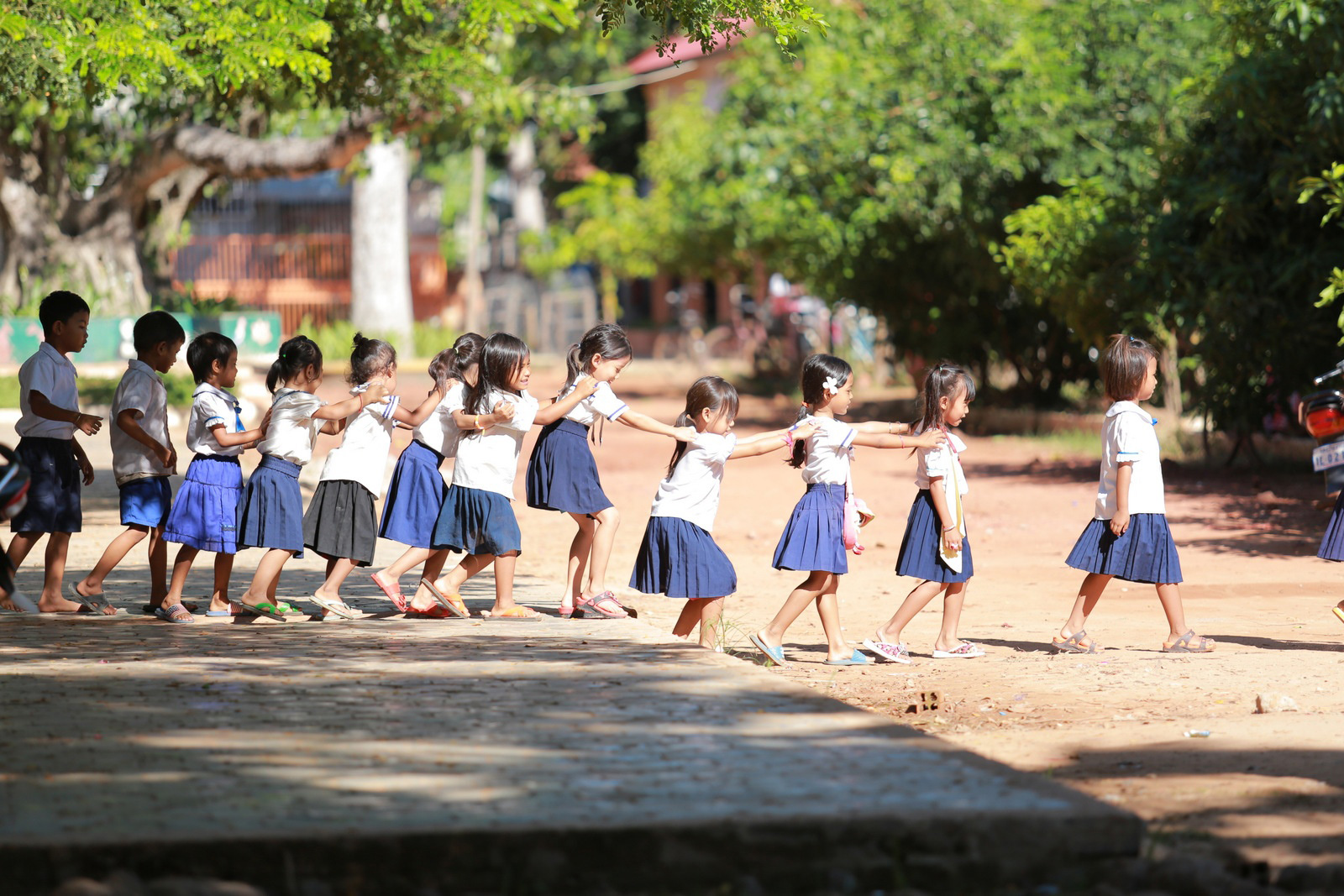
“For the next five years, and towards 2030 and 2050, the Ministry is committed to achieving our sustainable development goal, based on the principles of inclusive, equitable and quality education and promoting lifelong learning opportunities for all,” explained Ros.
“We continue to work to minimise the gender gap in education by collaborating to intensify gender priority areas in response to policy and direction of Cambodia’s digital economy.”
These gaps are part of the reason that CFC set out its stall to aid Cambodia in developing its fast-evolving education system, particularly in the realm of gender.
Established in 2003 by Amelio after a chance meeting with a young girl in Siem Reap, asking for a dollar so that she could go to school for the day, CFC has since expanded over the subsequent 17 years to become a central figure in improving educational opportunities for all genders in Cambodia.
Predominantly operating across Siem Reap province, the organisation partners with local public schools to improve educational opportunities, teacher training and resources. Today, nearly 7,000 students annually attend a school supported by CFC, tuition free. Alongside new classrooms and resources, CFC schools often provide science labs and computer rooms, complete with laptops.
Teachers, too, receive higher-than-average wages and are provided with an internationally developed curriculum. CFC schools are recognised by the Ministry of Education as the model for K-12 education across Cambodia and their curriculum shared nationwide, with teachers from across the Kingdom also coming to Siem Reap for training.
One of CFC’s flagship initiatives is its gender equity programme. Designed to address the historic gender divide within the Kingdom’s educational sphere, the programme aims to keep girls in school, bridge the classroom divide and, ultimately, have these effects permeate into wider society.
Classes are held once a week with both boys and girls, fostering understanding, acceptance and empowerment. The programme as a whole is designed to address the high rates of female dropouts – especially in the latter stages of education – and change perceptions among both genders.
It is on that first point, school dropout rates among girls, that the tailored lessons and wider culture of CFC-affiliated schools have had a tangibly positive effect.
The schools are split 50% male and 50% female, and the transition of girls from primary to secondary school sits at nearly 100%. The drop-out rate for girls at CFC secondary schools is continually decreasing and currently sits at 6%, well below the national average of around 20%, according to the most recent government figures.
Spokesperson Ros explained that the Ministry of Education was also focused on making a dent in female school dropouts across the Kingdom. She said that it is vital to address the root causes of the existing divide, with the Ministry continuing to invest in the strengthening of infrastructure and “measures to ensure the retention of female students … from primary to secondary and higher education”.
Da, a final year student and leader of the school council at the CFC partnered Bakong High School, has been supported by the organisation since she was a young girl. She said she plans to go on and become a teacher, specialising in Khmer literature, and that she has benefitted from the school’s attention to detail and to its girls.
“After I started the gender equity programme, I started to learn about what girls could do,” Da said. “Girls should never be viewed, by others or even by ourselves, in any way ‘lower’ than boys.”
But this strong relationship between CFC and its students wasn’t created overnight.
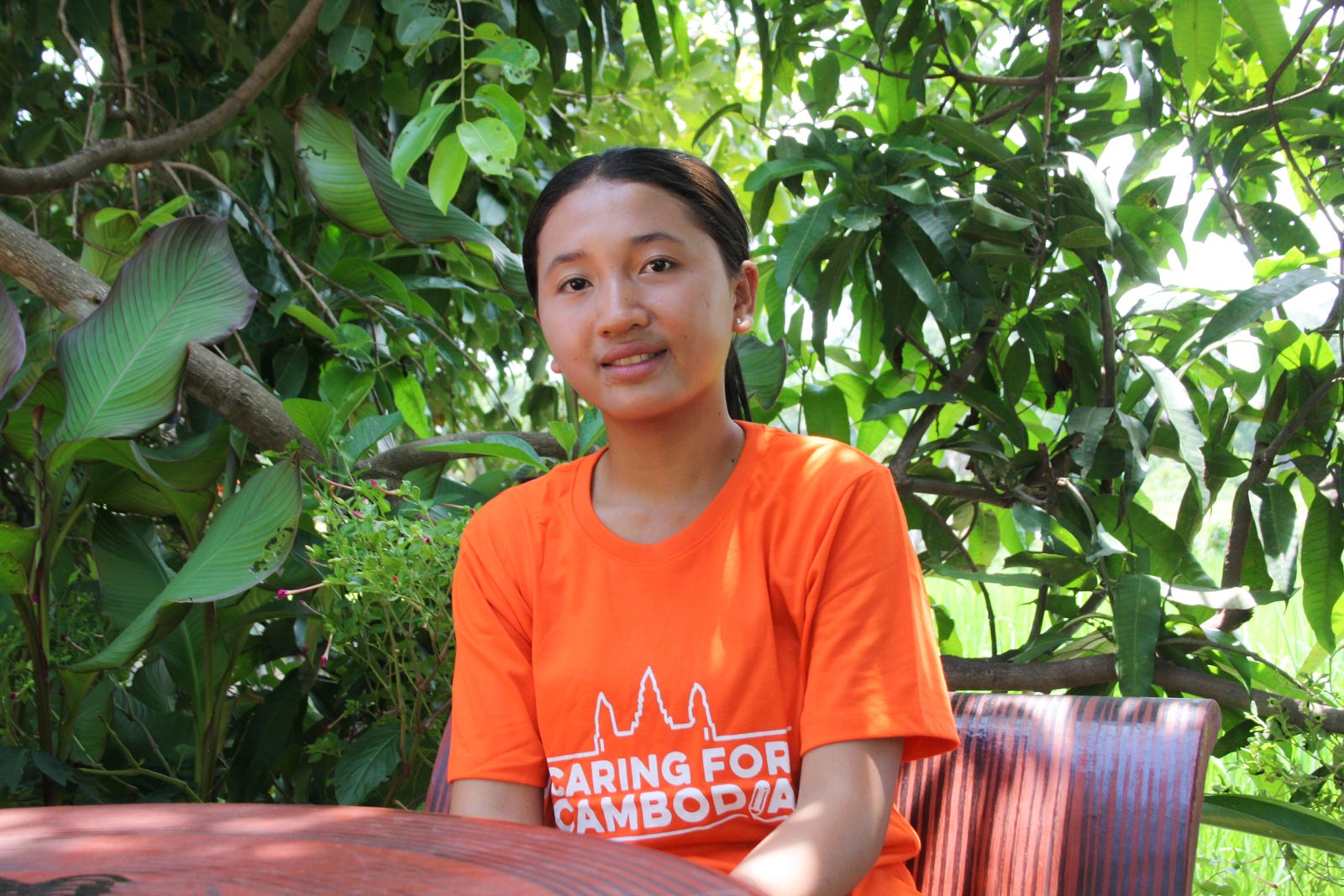
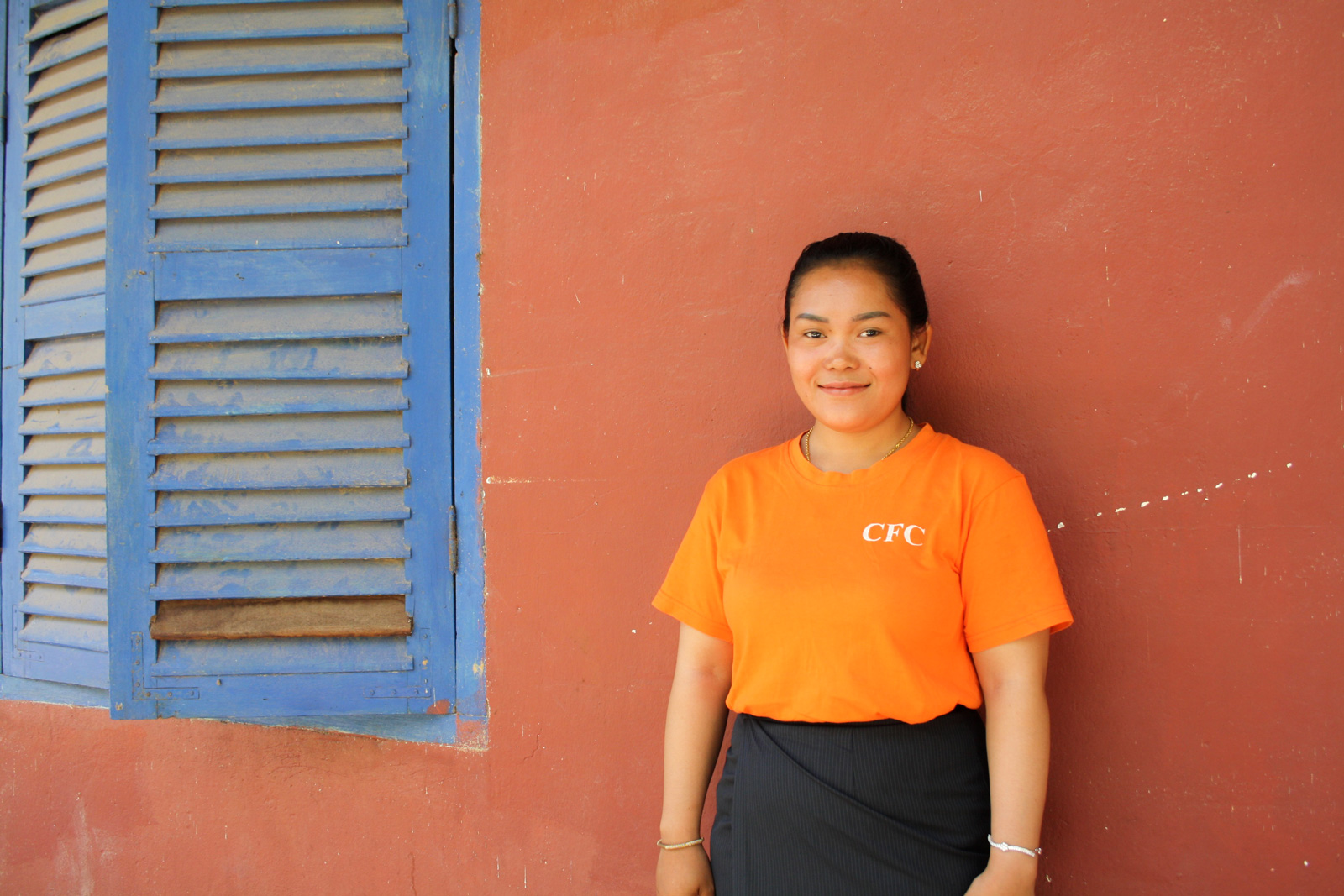

“It took time to build relationships, connections and trust,” said Amelio. “At Bakong, there used to be no bathrooms. So, if a girl was on her period, she had no privacy.”
Girls would be put off attending school over these concerns, needlessly missing days of learning. “We quickly built bathrooms – for boys and girls,” said Amelio. “Word got out soon after: ‘Bakong has bathrooms!’”
The impact of many schools lacking something so fundamental as toilets is also noted by Sopheap.
“When girls hit adolescence and start their period, attendance starts to drop off, and they have to face that problem every month all the way to finishing university,” she said.
But girls at CFC schools have not just benefitted from bathrooms, but a comprehensive approach to overhauling educational opportunities and gender dynamics.
Srey Leak is a gender equity teacher at the CFC Bakong Primary School. She was herself a student at Bakong High before, benefiting from the programme she is now teaching.
“I was a student with CFC before, and the teachers then showed me the right direction to go in,” Srey Leak said. “My teachers taught us how to be strong and to believe in ourselves – what a boy can do, a girl can, also.”
Now, Srey Leak teaches that same thing to her own class of students. Topics vary between lessons on sex and gender, empowerment, equality, values, among others. The boys are taught in the same class, too – an acknowledgement of the fact that gender equality is a societal goal, and not the sole responsibility of women.
So Him is a final year male student at Bakong High, he wishes to go on and study architecture at university. He, like others at the school, has benefitted from the joint gender equity classes, noticing the change in perceptions and increase in acceptance of a variety of gender roles among the student body and beyond.
“I’ve noticed the difference both inside the school and outside of it, within the community,” he said. “Girls and boys were still being divided because of gender – in what roles each of us could do. But now I notice in our school and community, that divide is getting smaller.”
From the other end of the classroom, Srey Leak has also seen a bridging of the gender divide, saying that boys in the school now take on things like cleaning roles too.
“The relationship between boys and girls has changed,” she said. “Now, everyone looks to work together, in any role and any situation – both now see each other more as equals.”
But while immediate signs of progress have been forthcoming, for founder Amelio, she is aware that the seeds of equality CFC sows now will take time to fully sprout.
I can’t describe how good it is to look over and see a school council now also led by girls … The girls at our schools now know that what they say and do – it matters
Jamie Amelio, Caring for Cambodia
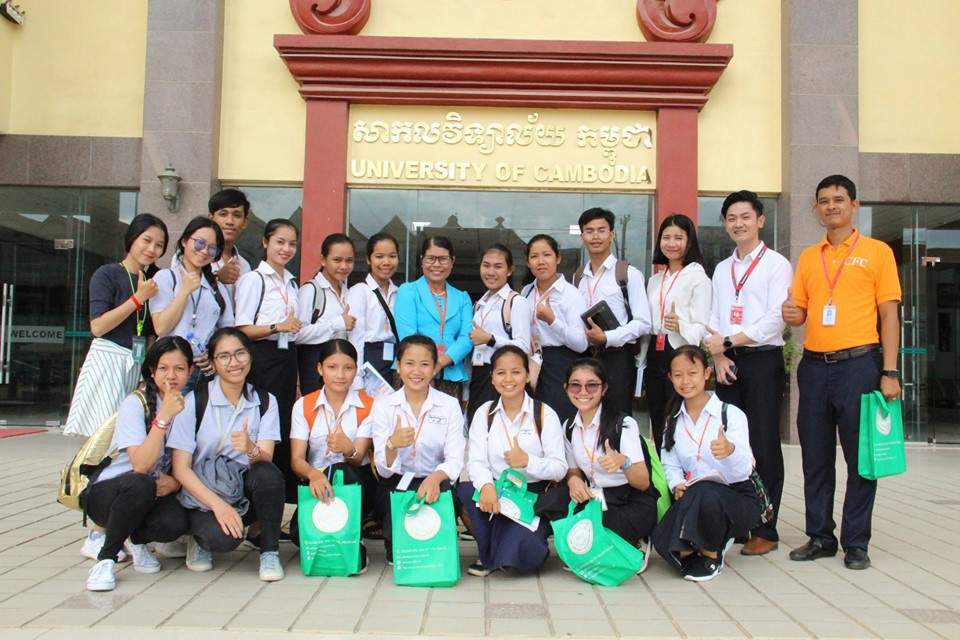
“This is about changing a mindset – I think future generations will reap the benefits,” she said. “I wish we could see a sea change overnight, but it’s about building for the future.”
For Sopheap, while significant changes in how the education system approaches gender is a crucial and important step, wider cultural mores must also keep pace.
“It does not matter how high you pack a classroom with books, computers, pens and resources – if families do not send their daughters to school, or the daughters don’t think they should be there, it won’t do anything for increasing girl’s education,” she said.
Today, the first signs of change are already visible in wider society, with more Cambodian women being given the opportunity to excel outside the classroom, in industry and government. At Bakong High, the student council offers a tantalising vision of what could be the future of Cambodian politics, as the body is led by some of the school’s best and brightest girls.
“I can’t describe how good it is to look over and see a school council now also led by girls,” said Amelio. “The girls at our schools now know that what they say and do – it matters.”
Da herself presided over the council in her recent final year at the CFC school and her mother, Bo, emphasised how different this was to her experience growing up just a generation ago.
“It’s completely different now, than when I was a child,” she said. “Now, the girls can be leaders, too.”
This article has been written in partnership with Caring for Cambodia, as a part of an ongoing series exploring education in Cambodia and the steps being made to bring hope to future generations. Find out more here.
